The non la hats are made of readily available materials such as palm leaves, tree bark and bamboo and are visible everywhere in the city, a UNESCO World Heritage site.
Hoi An's history as a busy trading port is evident throughout its architecture, a mix of eras and styles, with traditional wooden Vietnamese houses, Chinese temples and French colonial buildings.
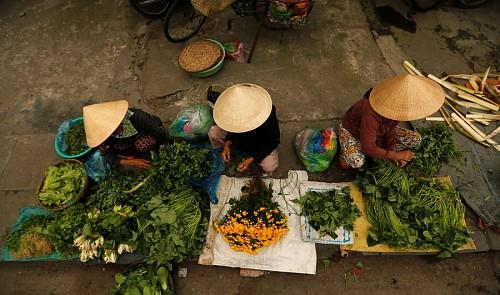 |
| Women wearing traditional hats, known as a non la, sit in a market in Hoi An, April 5, 2016. Reuters |
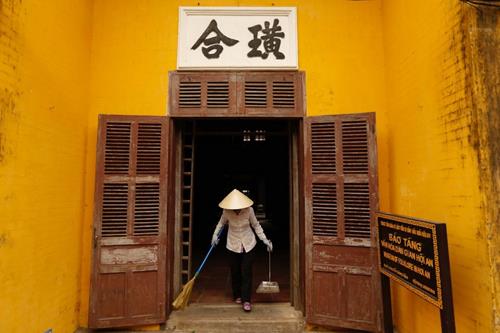 |
| A woman wear a non la while cleaning the Museum of Folklore in Hoi An. Photo: Reuters |
 |
| Women wearing traditional hats, known as a non la, sit in a market in Hoi An, April 7, 2016. Photo: Reuters |
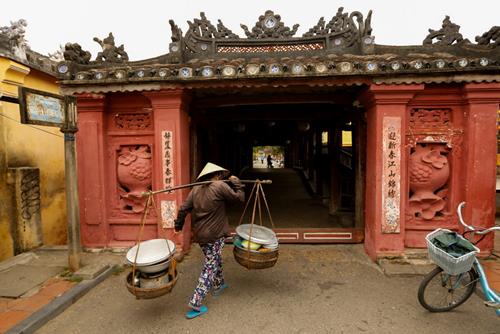 |
| A woman wearing a traditional hat, known as a non la, sells breakfast at the Japanese Bridge in Hoi An, Vietnam April 5, 2016. Photo: Reuters |
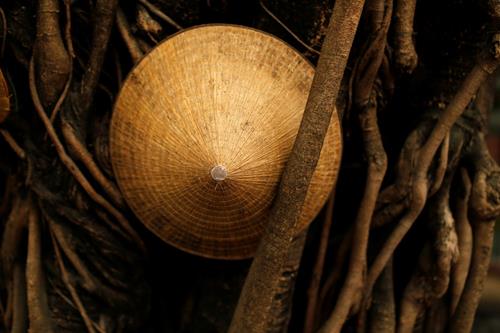 |
| A Vietnamese traditional hat, known as a non la, is seen in a tree in Hoi An, April 5, 2016. Photo: Reuters |
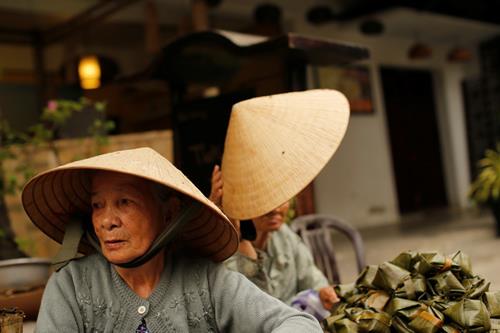 |
| Women wearing traditional hats, known as non la, sit in a market in Hoi An, April 5, 2016. Photo: Reuters |
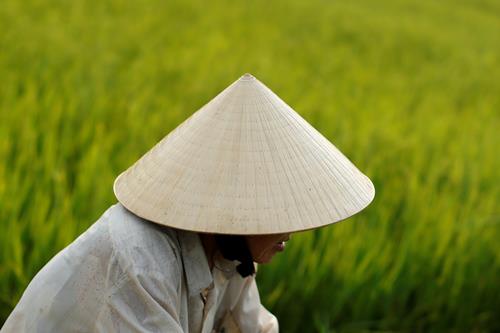 |
| A woman wearing a traditional hat, known as non la sits in a rice field outside Hoi An, April 5, 2016. Photo: Reuters |
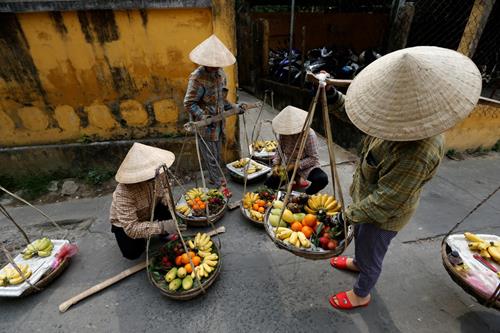 |
| Women wearing traditional hats, known as non la, sell fruits in Hoi An, April 4, 2016. Photo: Reuters |
 |
| Women wearing traditional hats, known as non la, sell fruits in Hoi An, April 4, 2016. Photo: Reuters |
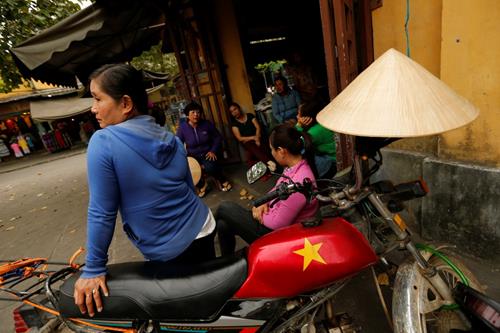 |
| A woman sits on a motorcycle outside a market in Hoi An, April 4, 2016. Photo: Reuters |
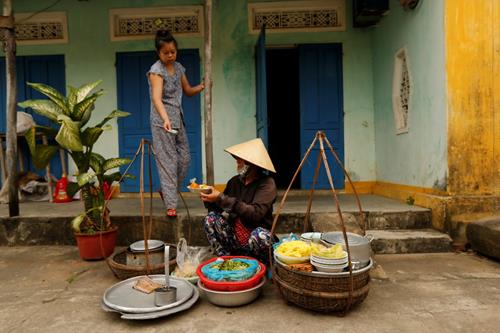 |
| A woman wearing a traditional hat, known as a non la, sells food for breakfast in Hoi An, April 5, 2016. Photo: Reuters |
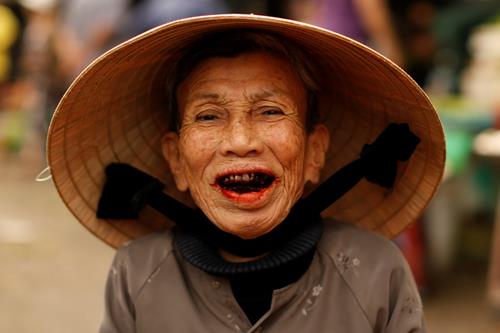 |
| A woman wearing a traditional hat, known as a non la, poses for a portrait at a market in Hoi An, April 5, 2016. Photo: Reuters |
(Source: Tuoi Tre News)
.











